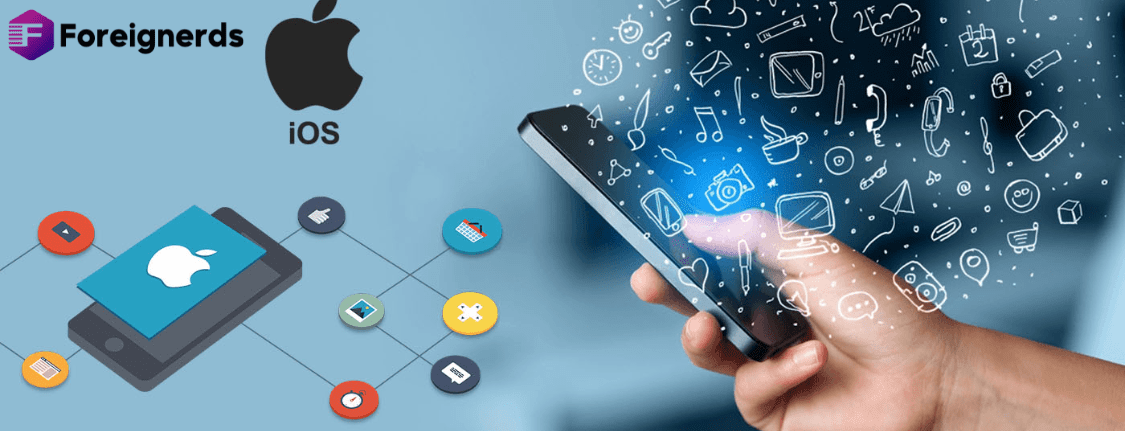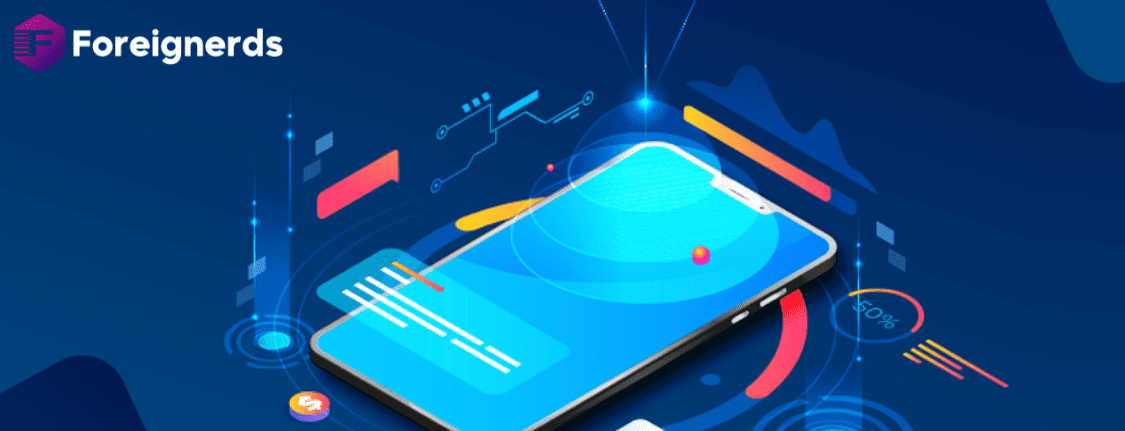Becoming an Application Developer: Crafting Mobile Solutions


In the digital age, smartphones have become ubiquitous, with approximately 85% of Americans owning one. This number has seen a significant increase of 35% in the past decade. The common thread binding these devices together is the plethora of mobile applications that enhance their functionality. These applications are the brainchild of skilled professionals known as […]
In the digital age, smartphones have become ubiquitous, with approximately 85% of Americans owning one. This number has seen a significant increase of 35% in the past decade. The common thread binding these devices together is the plethora of mobile applications that enhance their functionality. These applications are the brainchild of skilled professionals known as application developers, who create software to facilitate essential tasks on tablets and smartphones.
Unveiling the Role of an Application Developer
Mobile applications have infiltrated our daily lives, aiding us in myriad tasks such as making calls or navigating to our destinations. Behind these seamless user experiences are application developers, the architects of these software programs. These developers are proficient in writing code that can seamlessly run on various mobile operating systems, including Apple’s iOS, Android, and Windows.
Once the applications are born into the digital realm, it falls upon the shoulders of the application developers to meticulously test and refine them, ensuring they function flawlessly. They also shoulder the responsibility of providing regular updates to keep these applications in sync with evolving user needs and technological advancements.
Pursuing a Career as an Application Developer
If you possess a passion for technology and aspire to leverage your programming skills to create diverse and impactful applications, a career as an application developer might be your ideal path.
Demystifying the Application Developer Role
An application developer, also commonly referred to as an app developer, specializes in designing and creating applications tailored for mobile devices and tablets. They are distinct in their ability to craft high-quality applications uniquely suited for the mobile ecosystem.
The Educational Journey
To embark on the journey of becoming an application developer, a foundational step is obtaining an undergraduate degree. Additionally, many employers seek candidates with one or more certifications to validate their skills. While some may require prior experience in programming or other IT-related fields, others may be open to fresh talent with the right qualifications and a passion for the craft.
Building the Foundation: Education and Degrees
-
The Importance of Education
Education serves as the cornerstone of a successful career as an application developer. A solid educational background equips you with the essential knowledge and skills needed to thrive in this dynamic field.
-
Pursuing an Undergraduate Degree
The first step on this educational journey is obtaining an undergraduate degree. Most application developers start with a bachelor’s degree in computer science, software engineering, or a related field. These programs provide a strong foundation in programming languages, data structures, algorithms, and software development methodologies.
-
Exploring Specialized Programs
In addition to traditional computer science programs, many universities offer specialized degrees in mobile app development. These programs delve deeper into the intricacies of mobile application development and can be a valuable asset in your career journey.
Certifications: Navigating the Path to Expertise
-
The Significance of Certifications
While a degree lays the groundwork, certifications serve as tangible proof of your expertise in specific technologies or development platforms. They can significantly enhance your employability and open doors to lucrative opportunities.
-
Popular Certification Choices
- Apple Certified iOS Developer: If you’re interested in developing applications for iOS devices, this certification from Apple can validate your skills in creating top-notch iOS apps.
- Google Associate Android Developer: Google’s certification is a valuable credential for those venturing into Android app development. It demonstrates your proficiency in building Android applications.
- Microsoft Certified: Azure Developer Associate: For developers eyeing the Windows ecosystem and cloud-based solutions, this certification can be a stepping stone to a rewarding career in application development.
Experience: The Catalyst for Success
- Gaining Practical ExperienceBeyond formal education and certifications, hands-on experience plays a pivotal role in shaping a successful application developer. Employers often prefer candidates who have practical exposure to programming, development, or other IT-related domains.
- Internships and Entry-Level PositionsLanding internships or entry-level positions in software development can provide you with the real-world experience needed to excel in your career. These opportunities allow you to apply your knowledge, work on actual projects, and collaborate with seasoned professionals.
- Contributions to Open Source ProjectsActively participating in open-source projects can also bolster your portfolio and demonstrate your commitment to the field. It showcases your ability to work collaboratively and contribute to the broader developer community.
The Path Forward: Your Journey as an Application Developer
Becoming an application developer is a rewarding journey that involves continuous learning and adaptation to the evolving landscape of technology. With a strong educational foundation, relevant certifications, and practical experience, you can embark on a fulfilling career in crafting mobile solutions that make a difference in people’s lives.
Conclusion
In a world increasingly reliant on mobile technology, application developers are the architects of innovation, creating the tools that empower us in our daily lives. With the right education, certifications, and experience, you can join their ranks and contribute to the ever-expanding universe of mobile applications, making a lasting impact in the digital realm. So, if you’re passionate about technology and possess the drive to transform your ideas into functional and user-friendly applications, the path to becoming an application developer awaits you.
You May Also Like

“Exploring the Top Custom Software Development Companies for Tailored Solutions”
Custom software development has evolved into a pivotal strategy for businesses adapting to the changing landscape of work…
Read More
Angular vs AngularJS: Key Differences You Need to Know in 2024
As the web development area is permanently evolving and developing, knowing the main distinctions between Angular vs AngularJS…
Read More
Blazor vs Angular: Which is the Better Choice for Web Development in 2024
Remember that overflowing toolbox you have at home? Web development is kind of like that now – tons…
Read More










